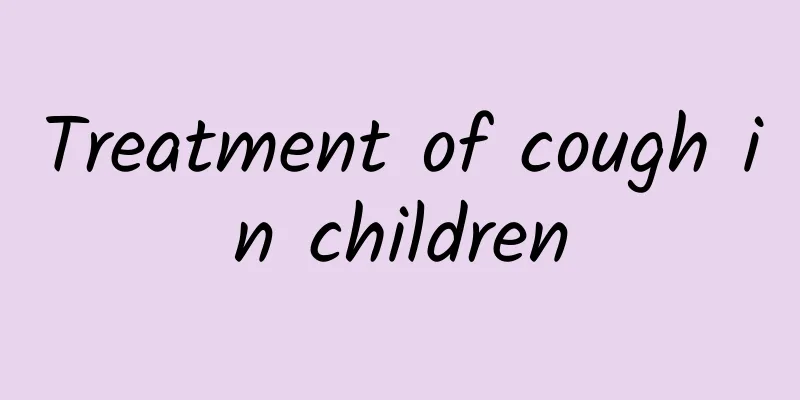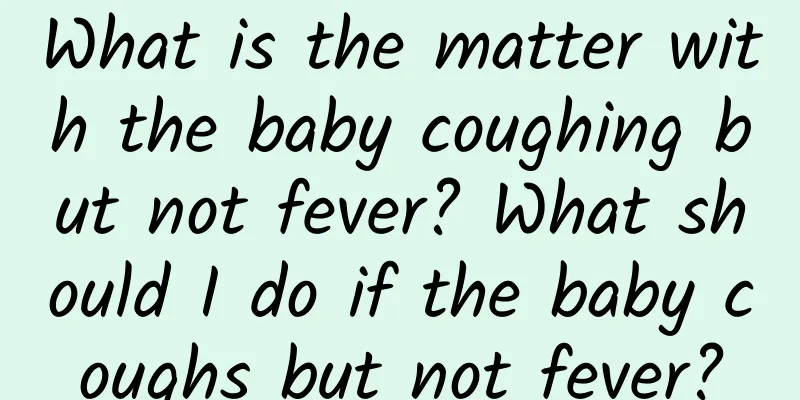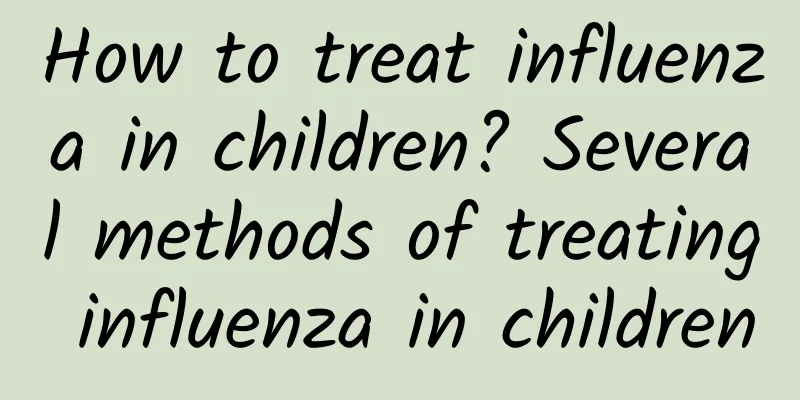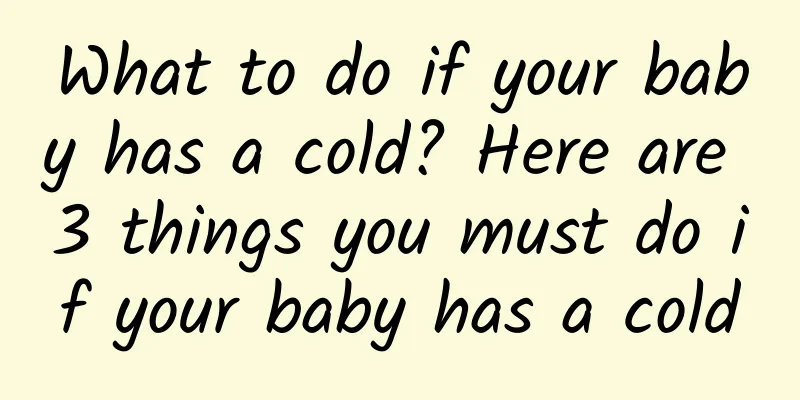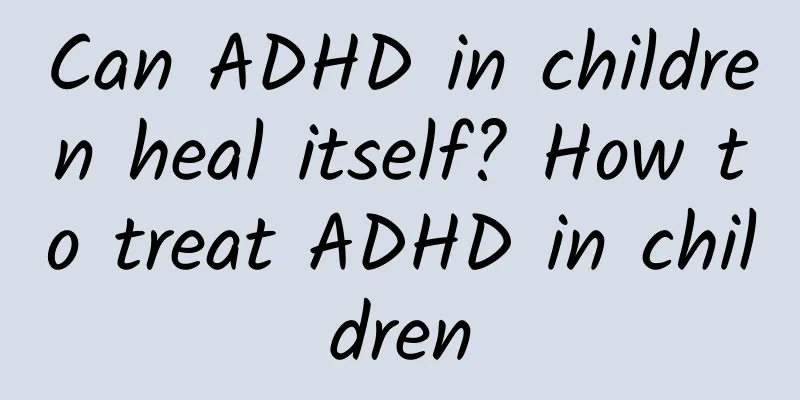What are the symptoms of neonatal jaundice?

|
The most typical symptom of neonatal jaundice is yellowing of the skin and whites of the eyes. In severe cases, it may be accompanied by drowsiness, reduced feeding or slow reaction. Mild symptoms are mostly physiological jaundice, which will not have a significant impact on health, while severe cases may be pathological jaundice and require timely medical treatment. 1. Yellowing of the skin and whites of the eyes The most notable feature of neonatal jaundice is the yellowing of the skin and whites of the eyes, which usually starts on the face and gradually extends to the trunk and limbs. It usually appears 2-3 days after birth. Physiological jaundice usually gradually subsides within 1 week, while premature infants may continue to have yellowing for more than two weeks after birth. If the yellowing of the skin is found to expand or deepen, you should be highly alert to pathological jaundice. 2. Drowsiness or slow response Pathological jaundice may cause hyperbilirubinemia and affect the central nervous system. Newborns may be drowsy, difficult to wake up, cry weakly, or react slowly to external stimuli. This is one of the danger signals. If accompanied by such symptoms, the baby should be sent to the doctor immediately to check the serum bilirubin level so as to treat the symptoms. 3. Reduced breastfeeding When jaundice occurs, some newborns may have a decreased appetite and weaker sucking ability. This may be caused by drowsiness or other complications caused by jaundice itself, such as cholestasis. Parents need to observe the baby's feeding situation regularly to ensure that he or she is eating normally. 4. Dark urine and abnormal stool color Severe jaundice may even cause the urine to appear dark yellow, and the baby's stool may become lighter or grayish white due to abnormal bilirubin metabolism. Paying attention to these signs will help further determine the degree and nature of jaundice. For neonatal jaundice, parents need to observe the range, color and behavior of the baby in time. If it is mild physiological jaundice, breastfeeding can promote bilirubin excretion, and appropriate sunlight exposure should be avoided to avoid direct exposure to strong sunlight. However, if pathological jaundice is suspected, medical treatment must be sought as soon as possible. Professional treatments include blue light therapy, exchange transfusion therapy or drug therapy such as enzyme inducers. Jaundice should not be ignored, especially pathological jaundice, which may be life-threatening or cause irreversible damage to the nervous system. If abnormal symptoms are found, contact a doctor in time to evaluate the condition and take treatment measures to ensure the healthy growth of the newborn. |
>>: Should children take anti-inflammatory drugs for cough?
Recommend
How to treat neonatal jaundice? Try these 4 treatments for neonatal jaundice
We all know that it is difficult for babies to gr...
Is pneumonia serious in children?
Whether children's pneumonia is serious is re...
What should I do if my 6-month-old baby has a cough and runny nose? What are the common causes of a 6-month-old baby's cough and runny nose?
For a 6-month-old baby with a cough and runny nos...
What are the common tests for Kawasaki disease in children?
In our daily lives, we should learn more about so...
Which hospital is best for treating acute laryngitis in children?
In life, there are indeed many people who are tro...
Is hand, foot and mouth disease contagious in adults?
Hand, foot and mouth disease is contagious in adu...
How to prevent diarrhea in children
There are many reasons for pediatric diarrhea, su...
How to effectively prevent milk ringworm in children
Milk ringworm in children is quite common in life...
What causes dark yellow skin? What are the common symptoms of dark yellow skin?
Dark yellow skin is caused by many reasons. In or...
How to prevent colds in children in autumn 4 tips to effectively prevent colds in children in summer and autumn
The weather is cool and hot at the turn of summer...
What are the effects of neonatal jaundice on babies?
What impact does neonatal jaundice have on babies...
Can the diarrhea patch for babies be used?
The pediatric diarrhea patch can be used on infan...
How to treat hand, foot and mouth disease fever? What are the symptoms and manifestations of hand, foot and mouth disease?
Hand, foot and mouth disease is an infectious dis...
Rural folk remedies for curing mumps
Mumps, especially in rural areas, is often seen a...
What to do if you feel flustered, short of breath, and weak
Palpitations, shortness of breath, and fatigue ma...
